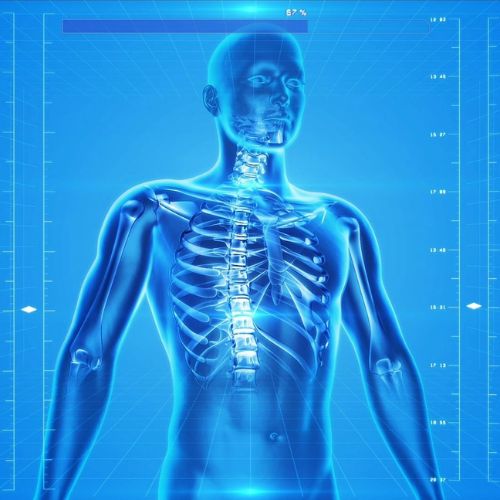Key points from article :
“A blood test is great, but it can’t tell you... levels are increasing or decreasing,” - Tom Soh, professor at Stanford.
System relies upon an existing technology called Enzyme-linked Immunosorbent Assay.
ELISA has been the “gold standard” of biomolecular detection.
Real-time ELISA is an entire lab within a chip with tiny pipes and valves no wider than a human hair.
An intravenous needle directs blood from the patient into the device where ELISA is performed over and over.
Antibody fluoresces, or glows, which is monitored by a high-speed camera.
The more target molecule exists in the blood, the brighter the sample will be.
Real-time ELISA provides instant feedback on the effectiveness of drugs and other therapies.
Device will be most useful in intensive care units and emergency rooms.
“Patients don’t have three days for a single test. That could have life-saving implications.” - Soh.
Research by Stanford University published in Nature Biomedical Engineering.





